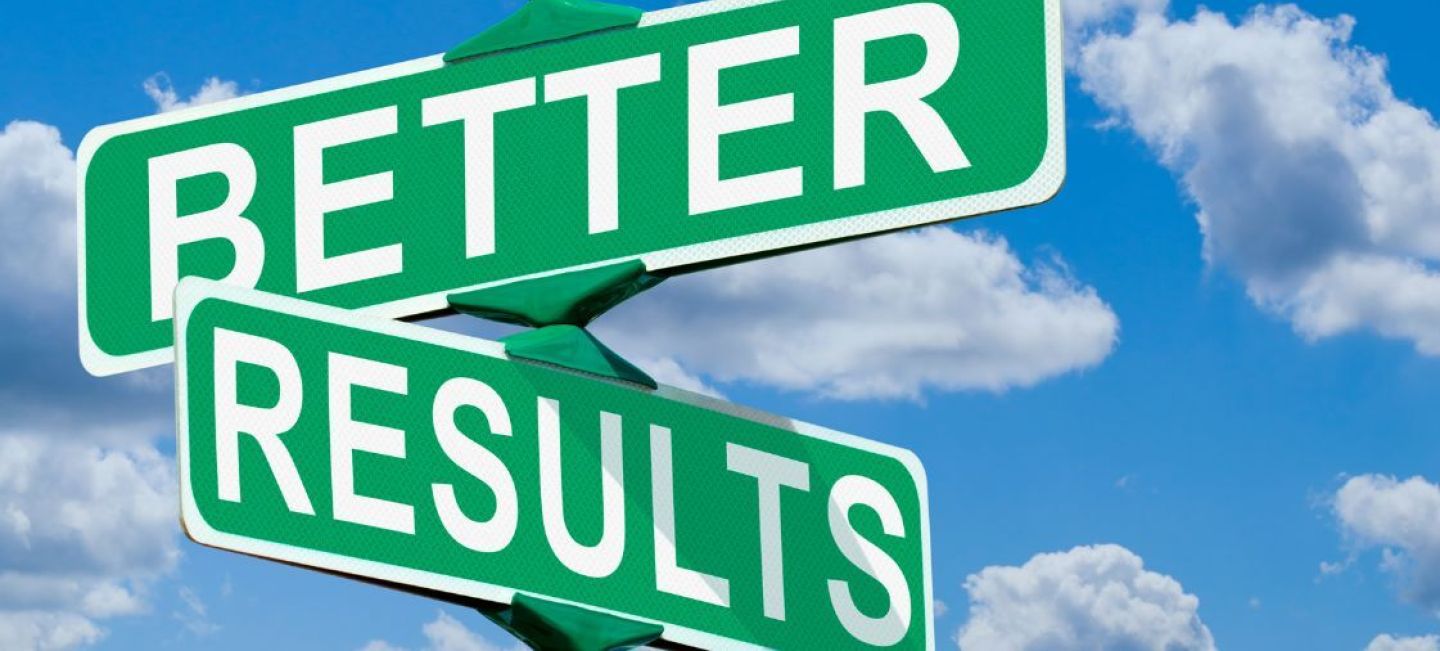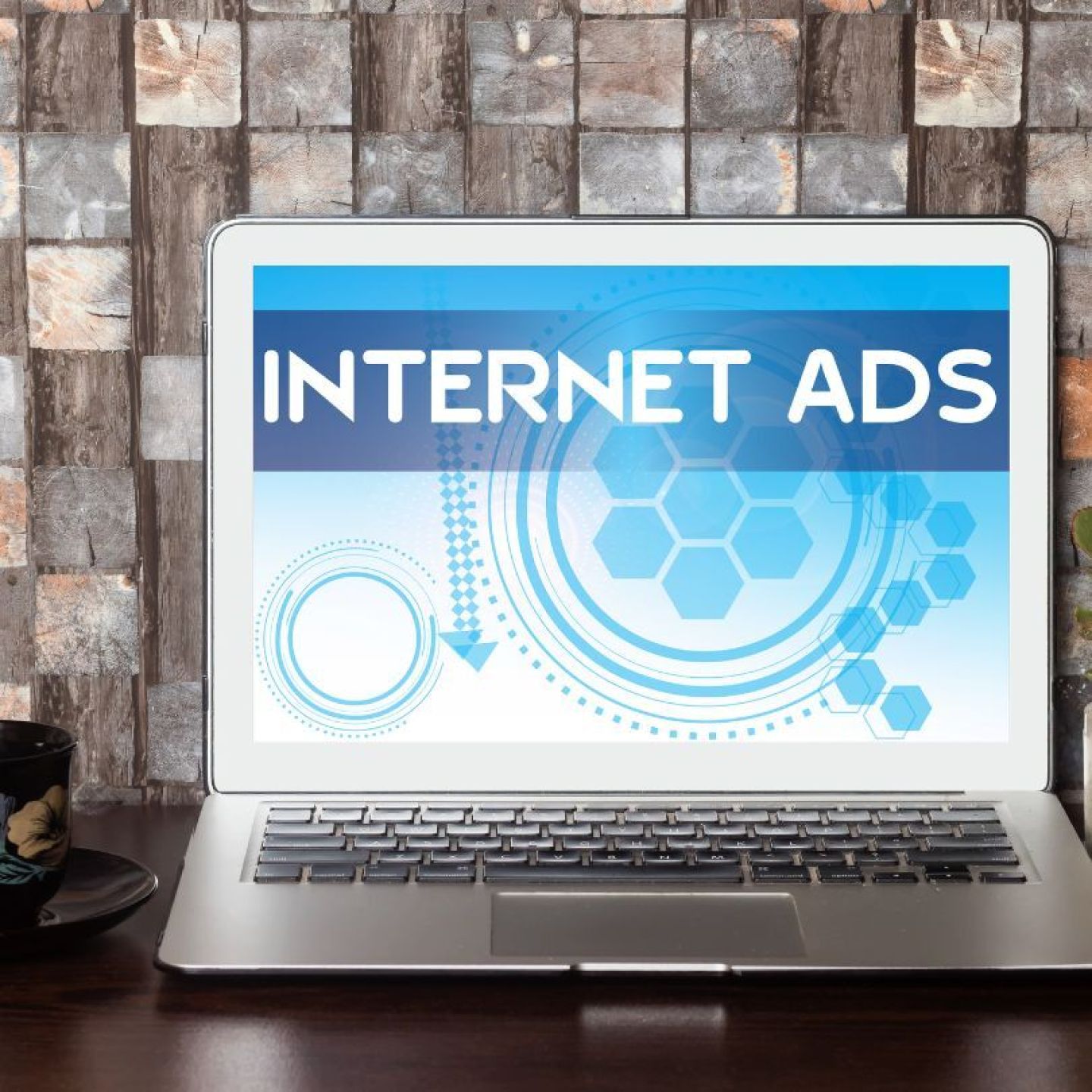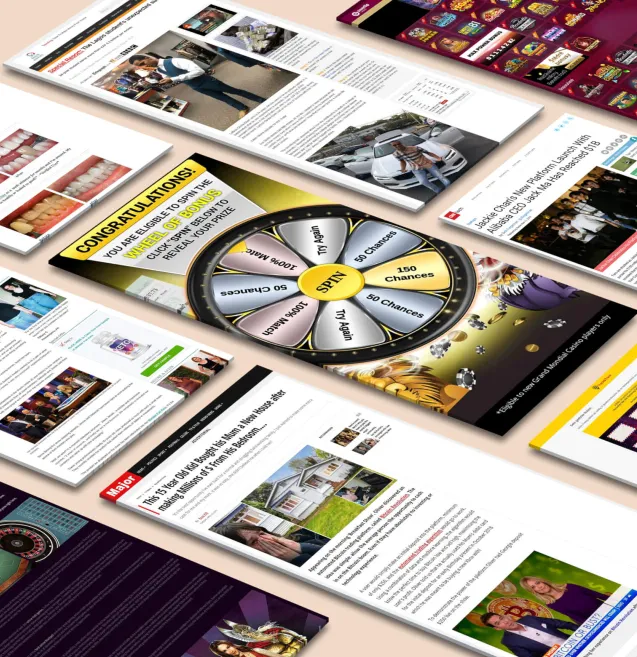
Our spy tools monitor millions of popup and pop-under from over 90+ countries and thousands of publishers.
Get StartedThe digital advertising landscape in 2025 presents marketers with a critical choice: popup advertising or native ads. These two distinct approaches shape how brands connect with their audiences in an increasingly competitive digital space.
Today's marketers face a dynamic environment where user preferences and technological capabilities evolve rapidly. The right advertising format can make the difference between campaign success and failure. Consider these key factors:
The digital advertising market has transformed significantly, with native advertising investments reaching $97 billion in 2023. This shift reflects changing consumer behaviors and expectations in the digital space. Popup advertising maintains its position as a direct, attention-grabbing option, yet faces challenges in user acceptance.
One of the crucial aspects to consider is the return on investment (ROI) of different advertising formats. For instance, native ads have been shown to lead to better ROI compared to display ads, making them a compelling choice for brands looking to maximize their advertising spend.
This guide examines the strengths and limitations of both popup advertising and native ads. You'll discover practical insights to align your advertising strategy with your business goals and target audience preferences in 2025.
Popup advertising is a direct way to grab the user's attention by displaying ads over existing content. These ads have a strong visual impact as they interrupt the user's browsing experience.
The strategic advantages of popup advertising lie in their unmistakable presence. You can achieve:
For those looking to master this advertising strategy, resources like Anstrex provide insights into the secrets of pop ads, revealing closely guarded strategies from successful advertisers.
The drawbacks of popup advertising present significant challenges:
These factors contribute to declining engagement rates and potential brand damage when popup strategies aren't carefully executed.
Native advertising is a clever way to do digital marketing. Instead of being obvious ads, these promotions blend in with the platform they're on, making them less intrusive and more appealing to users.
The rapid rise of native advertising shows just how effective it is:
There are several types of native ads you might come across:
Native advertising is beneficial for both advertisers and consumers:
Recent data shows native ads receive 53% more views than traditional display ads, with users spending up to 2x more time interacting with sponsored content. This enhanced engagement translates into stronger brand relationships and increased conversion potential.
However, to fully harness this potential, it's crucial to understand navigating the invisible customer journey of native ads which can significantly boost sales by blending promotional content into users' natural online experiences.
The battle between popup and native ads reveals distinct characteristics that shape their effectiveness in different marketing scenarios. Let's break down their key differences:
Native Ads Work Best For:
Popup Ads Excel In:
The choice between formats depends on your marketing objectives. Popup ads drive quick results for short-term campaigns, while native ads build lasting relationships through value-driven content. Companies like HubSpot use native ads for thought leadership, while brands like Amazon employ popup ads for flash sales and limited-time offers.
The effectiveness of each format varies by industry and target audience. B2B companies often see better results with native advertising, while e-commerce businesses might benefit from strategic popup placement during peak shopping seasons.
The advertising landscape of 2025 points to a hybrid approach where brands leverage both popup and native advertising formats strategically. AI-powered personalization will enable advertisers to deliver contextually relevant ads at precise moments in the user journey.
Smart brands are already implementing integrated strategies:
Consumer preferences continue shifting toward personalized, value-driven content. Data shows 73% of users prefer ads that respect their browsing experience while still delivering relevant information. This balance is achieved through:
"The key is not choosing between formats but understanding how to blend them effectively" - Digital Marketing Institute, 2024
Successful campaigns in 2025 require constant monitoring and adjustment of ad format combinations. Brands that adapt their strategies based on real-time performance metrics and user feedback see up to 40% higher engagement rates across both popup and native advertising formats.
The choice between popup advertising and native ads isn't a one-size-fits-all decision. Your selection should align with your specific business goals, target audience, and campaign objectives.
For immediate impact and quick conversions:
For long-term brand building:
The advertising landscape of 2025 demands a strategic blend of both formats. Take these steps to optimize your advertising strategy:
Ready to transform your advertising strategy? Start by analyzing your current campaigns and experimenting with both formats to discover what resonates best with your audience. Your next successful campaign might just be a strategic combination of both worlds.
Receive top converting landing pages in your inbox every week from us.
Guide
Synthetic media, created partially or entirely through AI algorithms, has revolutionized digital marketing by enabling brands to produce personalized, scalable content without traditional production constraints. This technology allows marketers to generate hyper-realistic images, videos, and voice content that can be customized for different audience segments while maintaining consistent brand messaging across channels. As synthetic media tools become more accessible, companies are increasingly leveraging these capabilities to reduce production costs and create more engaging customer experiences, though this advancement also raises important ethical considerations regarding authenticity and potential misuse.
Elena Morales
7 minMay 12, 2025
Guide
Programmatic advertising has revolutionized digital marketing by automating the buying and selling of ad inventory through sophisticated algorithms that execute transactions in real-time, eliminating the inefficiencies of traditional manual processes. The integration of artificial intelligence has further elevated this technology, enabling marketers to analyze vast amounts of data to identify optimal audience segments, predict consumer behavior, and dynamically adjust bidding strategies for maximum impact. This powerful combination allows for unprecedented precision in targeting, personalization of creative content, and continuous optimization of campaigns across multiple channels simultaneously. As a result, advertisers can now achieve significantly improved ROI through enhanced relevance, reduced wasted impressions, and the ability to scale campaigns efficiently while maintaining performance metrics.
Dan Smith
7 minMay 2, 2025
Tips & Tricks
Popup ads, despite their controversial reputation, have proven to be remarkably effective conversion tools when implemented with strategic creativity and user experience considerations. Research demonstrates that thoughtfully designed popups can achieve impressive conversion rates of up to 40%, significantly outperforming many traditional digital marketing tactics when they deliver relevant, timely offers at appropriate moments in the user journey. The key to their success lies in balancing attention-grabbing design with respectful timing and valuable content that genuinely addresses visitor needs or interests, rather than disrupting the browsing experience. When properly executed with personalized messaging, clear value propositions, and strategic triggering mechanisms, popups transform from potential annoyances into powerful engagement assets that capture leads, promote special offers, and drive meaningful business results.
Rachel Thompson
7 minApr 30, 2025





